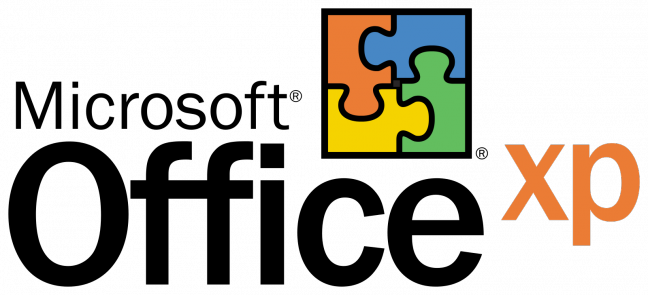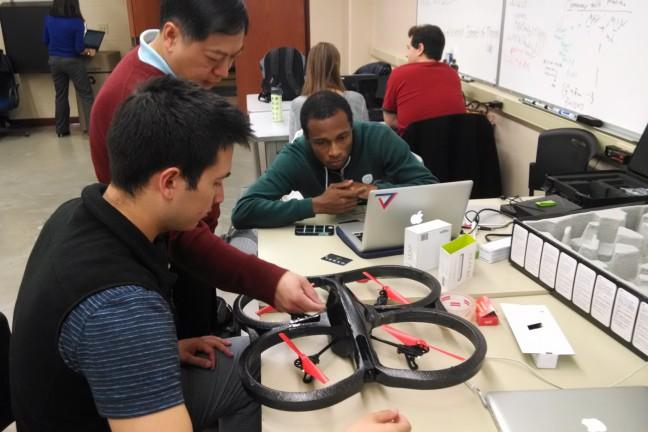01001000 01100101 01101100 01101100 01101111
Just kidding! Welcome to The Badger Herald’s new technology column, Technologic, which will run once every two weeks right here in the ArtsEtc. section. Technology is evolving at a breakneck pace right now, and this space will be a place dedicated to breaking down the mystery surrounding new (and old) software, hardware and whatever else the future brings. So, here we go…
My dear readers,
We are gathered here today to remember the life of a dear friend — Google Wave. The messaging/chat/collaboration/networking platform debuted as a tool that would revolutionize online communication, but now, six months after the initial Wave invites went out, e-mail is still alive and Wave is, well, rather lifeless.
So what happened? Why did a program with the backing of the interwebz’ finest flop so soon after its release? The answer dates back to Wave’s very beginning.
When Google announced Wave in May of 2009 with its usual amount of fanfare, the online world went wild with talk of the future of communication. The platform promised completely open source code for developers, collaboration on an entirely new level and endless possibilities for its application. The software was clean looking, novel and carried the mark of something that could be game-changing for social media.
When Wave went out to hundreds of thousands of users last fall, though, something seemed off. The interface was confusing and cluttered, extensions such as document uploading did not work properly and the real-time typing view lagged. Developer bots spammed waves, invites were delayed and shortcut commands became too numerous to be considered at all intuitive.
Most importantly, however, no one could figure out a clear use for Wave.
To explain why this is so important, let’s take a line out of Google’s corporate philosophy. On their website, you can find the page listing, “Ten things we know to be true.” The page assigns importance to all sorts of things associated with the Google brand: fast page loading, access to information, commitment to casualness and creativity.
In the second entry, Google states, “It’s best to do one thing really, really well.” While this is listed in reference to the company’s mastery of search, it reveals the point at which Wave differs entirely from other successful communication media.
When Facebook (originally known as “the face book”) debuted at Harvard University in 2004, it had one main purpose — to connect undergraduate profiles in one clear place online. The concept caught on and proliferated, eventually buoying the site to a place today that supports a marketplace, product advertisement and even online agricultural endeavors. Twitter grew in much the same way, with the original concept of microblogging now developed enough to support an enormous variety of utilizations. This pattern continues with Flickr, YouTube and other big social media sites.
Wave, however, attempted to do everything at once, all while still in a stage of infancy. While it is meant to be based around online messaging and, thus, e-mail, the fact that Wave is not backward compatible with even Gmail made this a poor core strength for Wave. And nine times out of 10 when this author exchanged Waves with another user, the threads quickly devolved into simple chats better suited for a dedicated instant messaging platform — a far cry from the everyday e-mail conversations still strictly consigned to traditional mediums. The other time out of 10 the platform was used for collaboration, a major selling point of Google’s, and even then it produced issues such as glitches with multiple editors or a lack of compatibility with document styles.
Obviously, hindsight is 20/20. A dead inbox and now-silent public Wave (a sort of chat room-style community of Waves searchable within Google Wave) for the University of Wisconsin indicate what many already knew. However, technically, Wave is still in the “preview” stage, during which developers are encouraged to develop uses for the platform. The hope is from there, it can go on to serve whatever grand purpose comes out of a combination of the minds of Google, developers and users.
In the end, though, that won’t be enough. The past six months have shown that while throwing all our online communication together into one place can be novel and exciting, in the end, our e-mail inboxes, hodge-podge of chat platforms and Google docs simply work better toward achieving our basic and advanced communication needs. Unless the Wave interface becomes more intuitive and useful than what the world relies on now, any extension developed is useless and irrelevant.
So for now, rest in peace Google Wave, and hope for something better for your fascinating little brother, Google Buzz.
Signe Brewster is a sophomore majoring in life sciences communication. She promises to never make a joke about the iPad. If you would like a Google Wave invite or have a topic you want to see addressed in Technologic, e-mail her at [email protected].

















